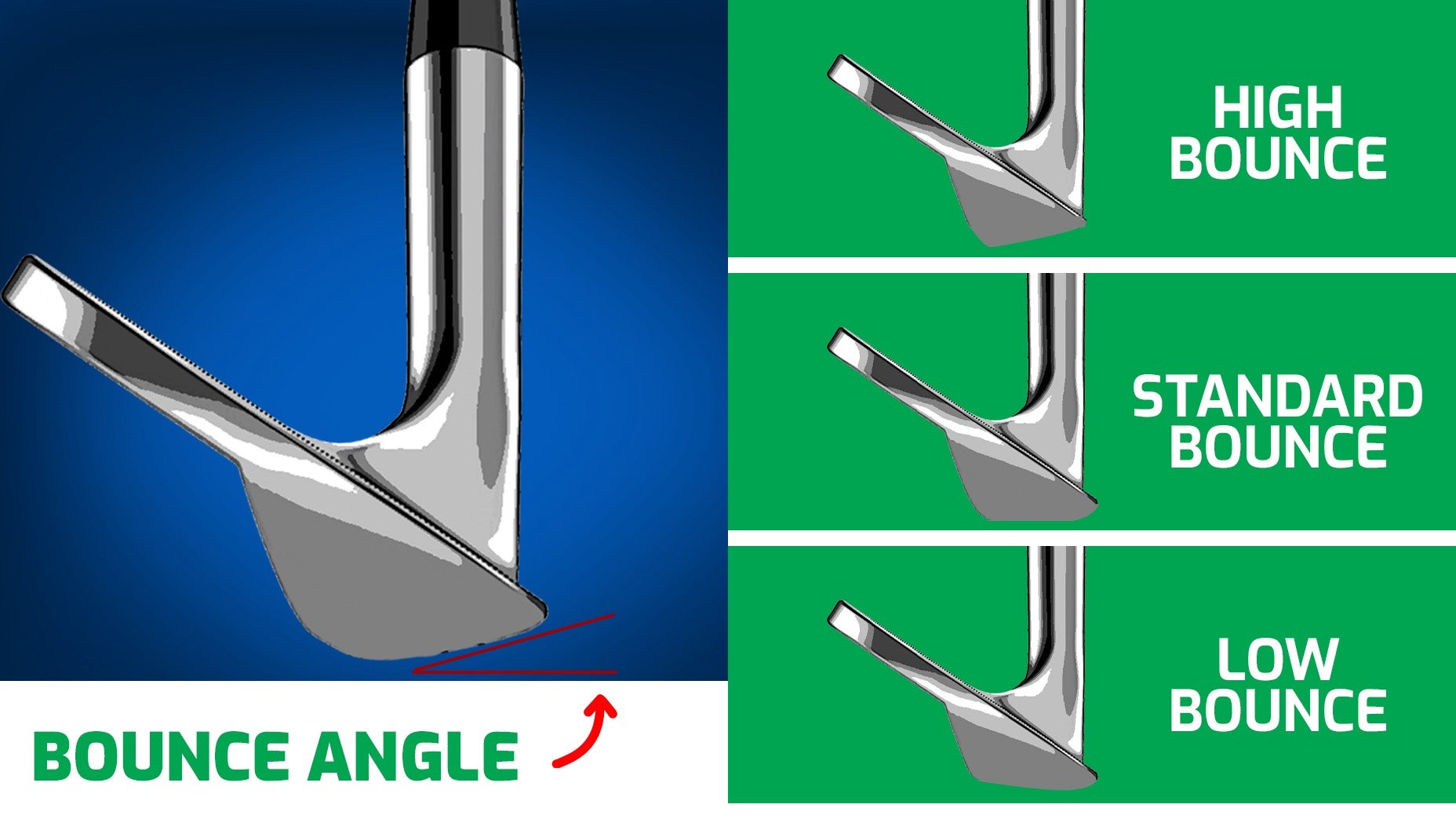
Links golf presents unique challenges that could require some equipment changes
GOLF
Welcome to GOLF’s “Firsthand with a Fitter” series, where we dive into some of the most common issues golfers struggle with on the course, and with the help of True Spec Golf fitters explain how properly fit equipment can help address those issues and make the game easier.
For many golfers, a trip to Scotland to play links golf is high on the bucket list, but with so many golfers used to playing traditional parkland-style golf in North America, links golf can be a real challenge to quickly get used to.
That is why we decided to talk with Kris McCormack, True Spec Golf‘s VP of Tour and Education, to help you better understand your clubs, the conditions links golf could present, and the best way to use technology to your advantage when traveling across the pond to take in some of the world’s best golf courses.
Driver

Ryan Barath
We have to start with the driver because, after the putter, it’s the club that is going to get the most use during any round of golf, and considering most golfers already have an adjustable driver in their bag, there is no need to go out and buy anything to help find an advantage.
“Adjustable drivers offer a huge opportunity for any golfer to dial in their launch and spin conditions with just the click of a wrench, and in links golf where windy conditions and firm turf are the norms, a lower launch angle with less spin is going to be more ideal,” McCormack continued. “The one other thing golfers should consider when lofting down their driver or even their fairway woods is that it also opens the face. To help counteract this adjustment it might also be a good idea to put any adjustable weights in more of a draw setting to make sure you can close the face to make solid contact.”
Wedges
Beyond the rolling dunes, wind, and fescue, the other thing links golf is famous for is pot bunkers, and they could be the last place you’d want your ball to come to rest — beyond maybe launching one out into the ocean.

Royal Liverpool
Now one way to make sure you can get out of pot bunkers and sand, in general, is to have the right sole grind and bounce on your wedges, and although there is no need for a complete wedge overhaul, giving yourself one go-to club could help save a lot of shots if you do happen to find yourself in the bottom of a deep bunker.
“Getting out of a sand trap can be difficult even under normal conditions, and when you throw in a tall sod wall that can become pretty intimidating, even for better players,” McCormack said. “One of the clubs we suggest to help with this is a larger faced higher toe style lob wedge because it offers a larger surface to help get the club under the ball, and a wider sole to help keep the club moving through the sand.”
All of our market picks are independently selected and curated by the editorial team.
If you buy a linked product,
GOLF.COM may earn a fee. Pricing may vary.
The Premier Club Fitting Experience
With over 50,000 clubhead and shaft combinations, True Spec Golf will custom fit and hand build you the most well-constructed, precise set of golf clubs you’ve ever played. Guaranteed.
A wider soled lob wedge with a lower bounce is a popular choice because it helps get the leading edge of the club lower to the ground. A lower leading edge, especially in firm conditions allows for an aggressive approach and greatly reduces the chance of hitting the dreaded skulled wedge, which in a pot bunker could lead to some serious issues.

GOLF
Change your golf ball
As we discovered in our recent golf ball testing, you can find big differences in performance when switching between golf ball models, and being able to further control spin and trajectory in various conditions without having to change your swing can offer a lot of confidence.
“When it comes to helping a golfer maximize performance, the final frontier of the fitting is the golf ball and too many golfers overlook this step.” said McCormack. “While the different covers help create speed and spin, the aerodynamics of a golf ball can change peak height by a large margin, and controlling peak height in windy conditions like on a wide open links course can be the difference between keeping a ball in the fairway, or finding its way into knee-high fescue, and as a fitter, it’s my goal to help keep you out of the long stuff”.
The best part about changing your golf ball is that it’s one of the easiest and low-cost solutions, and once you get back to your usual parkland-style courses you can go back to your usual golf ball without making any more adjustments.
Looking to work firsthand with your club-fitting expert to dial in your equipment and play better golf? Book a fitting with the industry experts at True Spec Golf. With more than 30 locations, it’s easy to find a location near you.
Also, for more on the latest gear news and information, check out our latest Fully Equipped podcast below!












